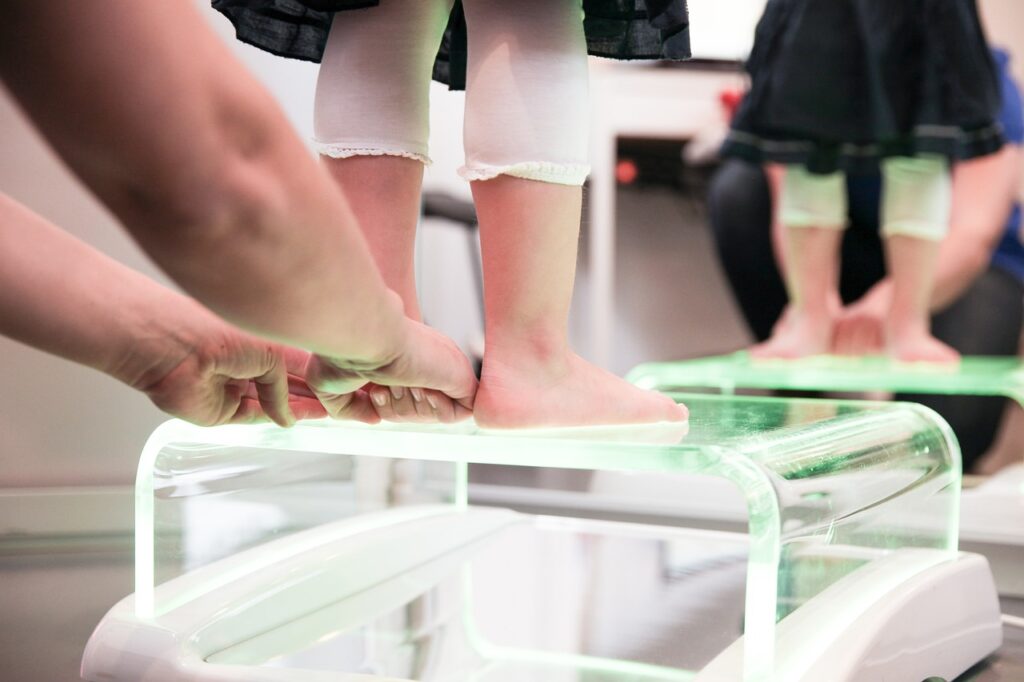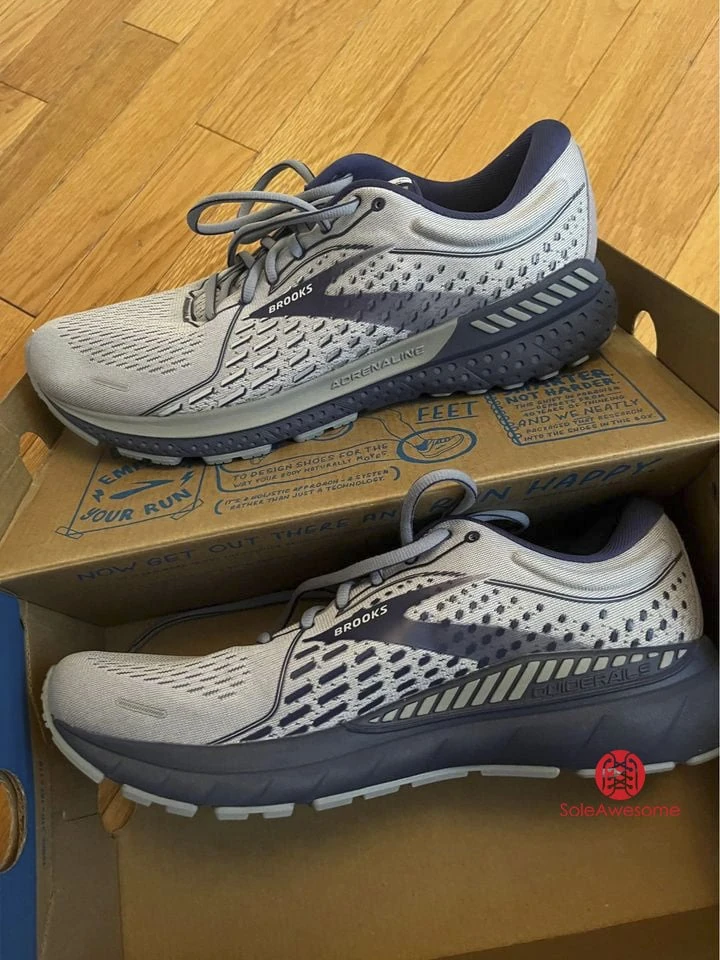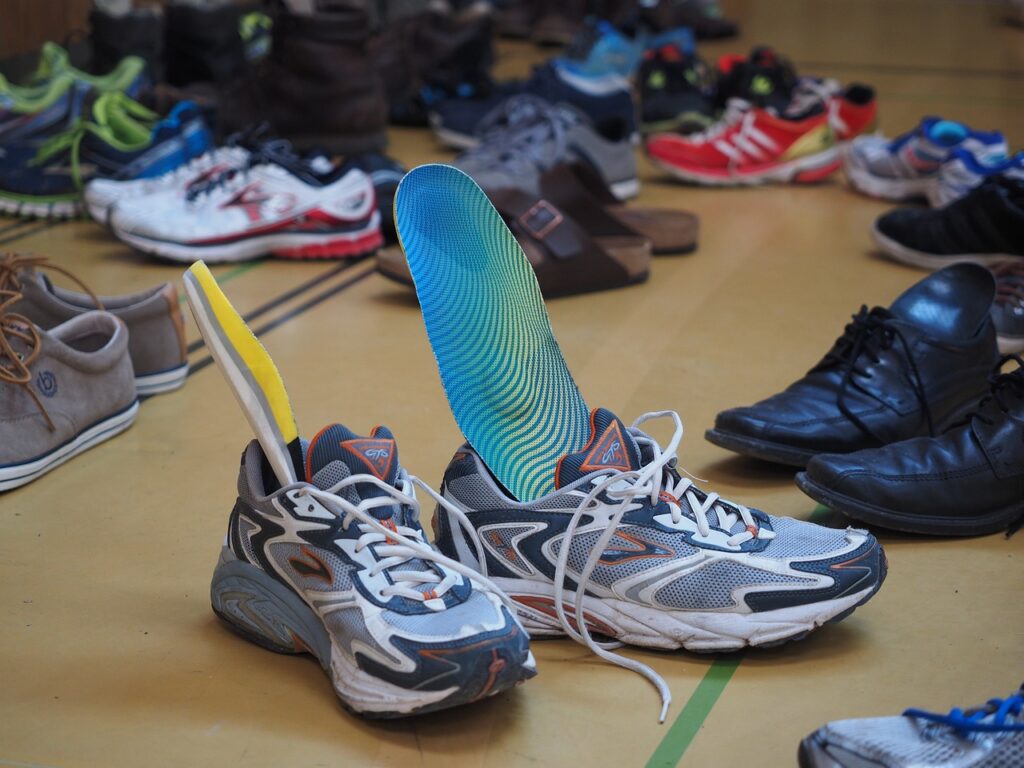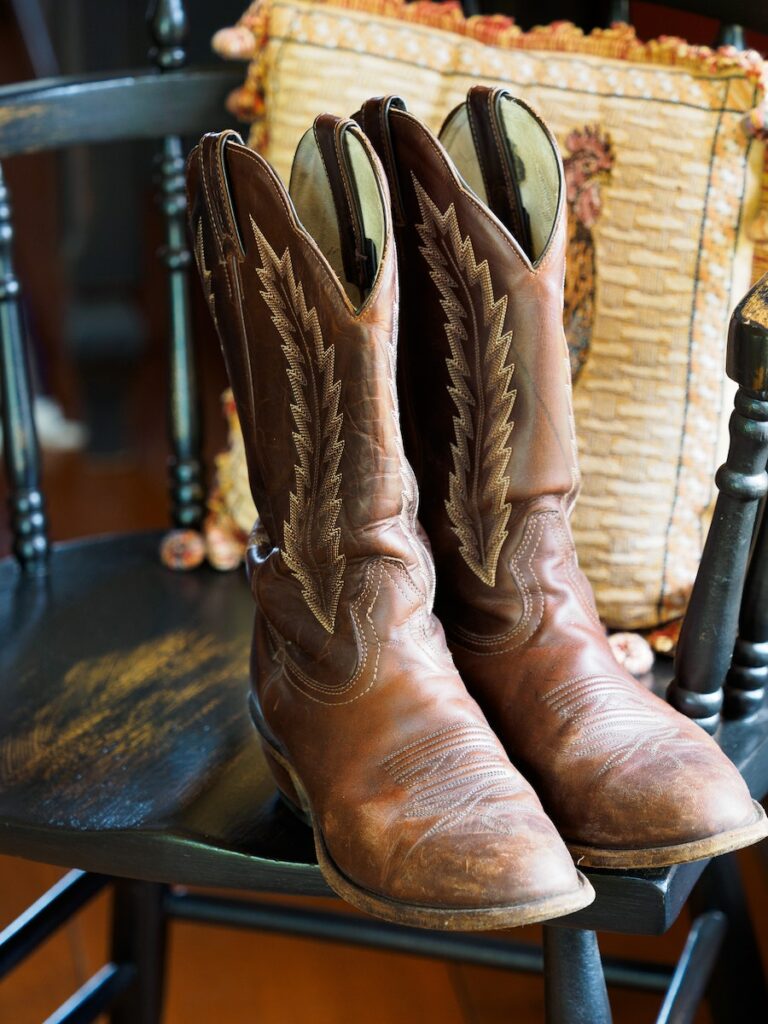The Ultimate Footwear Fashion Resource
Reviews, Comparisons and Shopping Advice
Wearing the latest trends in shoes fashion can be hard to keep up with. We’re here for you! Our team of footwear experts are always on point when it comes time share their knowledge about all things shoe related, from old favorites that never go out style like our favorite retro sneakers or new releases coming soon at stores near you!.

Featured In
Being featured on the internet’s most credible publications is an honor and we’re extremely grateful to be recognized by such high-standing websites.





Latest Posts
Interested in staying up-to-date on the latest footwear trends? You’ve come to the right place! We’re always on the lookout for the latest and greatest when it comes to shoes, and we love sharing our findings with our readers. From the must-have sneakers of the season to the best boots for winter weather, we’ve got you covered. So go ahead and take a look at our latest posts – your perfect pair of shoes is waiting.
- Best Shoes for Sciatica Sufferers

- How to Soften the Back of New Shoes | 13 Best Tips

- Brooks Ghost 15 Review: The Ultimate Running Shoe Experience

- Hoka Anacapa Low GTX Review: The Ultimate Walking Shoes

- Can Orthotics Cause Knee Pain?

- Brooks Adrenaline GTS 21 Review

- The 5 Best Insoles For Plantar Fasciitis

- Are Vivaia Shoes Worth the Hype? Find Out in Our Review

- Are Work Boots Good For Motorcycle Riding?

- Can You Ride A Motorcycle With Cowboy Boots?

- Are Timberland Boots Good For Motorcycle Riding?

- Are Short Motorcycle Boots Safe?

Reviews & Comparisons
If you’re like most people, you probably don’t spend a lot of time thinking about your footwear. But the truth is, your shoes can say a lot about you. And in today’s world, there’s a lot of pressure to make sure you’re wearing the right pair. That’s why we’ve launched our latest series of footwear-related reviews and comparisons. Whether you’re looking for the perfect pair of sneakers to complete your athleisure look, or you’re in the market for some new winter boots, we’ve got you covered. So go ahead and take a look. And whatever you do, don’t forget to lace up.
- Best Shoes for Sciatica Sufferers

- Are Work Boots Good For Motorcycle Riding?

- Vans Golf Shoes: Ultimate Cheat Sheet

- Best Rocker Bottom Shoes: Tested & Reviewed

- Best Hoka Shoes for Nurses

- Best Lebron Shoes: Best Reviews Guide

- What Is Eva Midsole and Why It Matters

- Best Shoe Protector Spray: Best Reviews Guide

- Best Boot Laces on the Market: Top 10 Best!

- Best Insoles for Work Boots: The Ultimate Buying Guide

- Best Running Shoes for Shin Splints: Carefully Researched

- Looking for the Best Boot Dryer? Check Out These Top 10!

